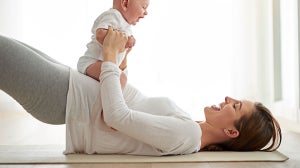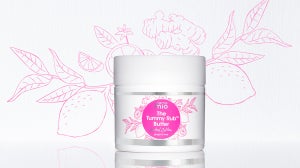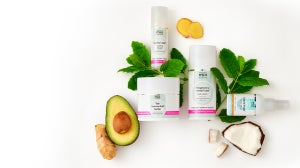Maybe this is your first pregnancy and you're not sure where to start with breastfeeding. Or perhaps, you've been pregnant before and you want to know more about breast pumping. We spoke to the breastfeeding experts and leaders in FemTech, Elvie, for all of their tips and trick to make sure breastfeeding is as comfortable for you as possible.
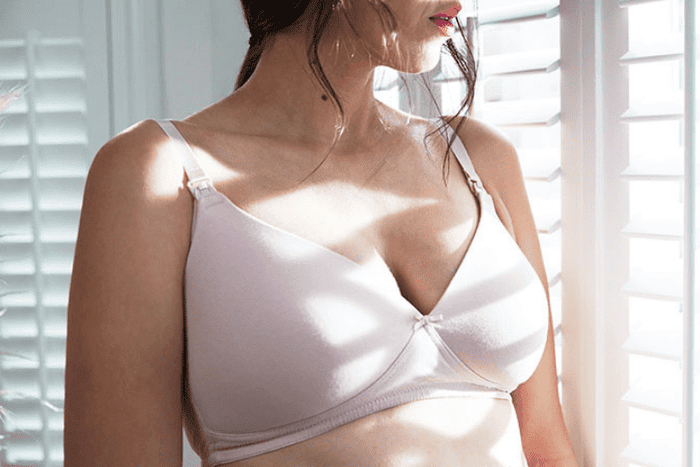
How to care for your breasts while breast pumping
During pregnancy, your body goes through a lot of amazing changes to prepare for your baby. One of them is how your breasts change and develop in order to make it possible to feed your incoming bundle of joy. As you grow your tiny human, you’ll notice these changes in your breasts.
- Increase in breast tissue. - Darker nipples. - More visible veins. - Stretch marks. - Tenderness.
When you have your little one, it’ll become just as important for you as your baby, to take the very best care of your breasts and nipples. And here's how to do so.
Make sure your baby is latching properly.
If you are breastfeeding your primary focus should be on getting your baby to latch properly. For you and the baby’s optimal comfort. Not being able to get your baby to latch properly is a common problem many new mothers experience. To get your baby to latch, hold the little one close to you, and wait until your baby opens their mouth wide before bringing your baby to your breast. Don’t try to lean towards the baby. Your nipple should go towards the roof of their mouth. If your nipple is closer to the front of their mouth, you might not be latched properly. If your baby doesn’t open their mouth up, you can encourage them to do so by stroking their upper lip.
Make sure your breast pump is fitted correctly.
Using a breast pump shouldn’t be painful or uncomfortable. If it is, your pump is either not fitted correctly or you are using the wrong breast shield size. Using the correct breast shield size and fitting it correctly against your breast will not just help you avoid soreness and friction, it’ll make pumping more efficient. You should know that your breast shield size can change during your breastfeeding journey. And each breast might even need different shield sizes. So it’s a good idea to have multiple breast shields in varying sizes. A hands-free breast pump like the Elvie Pump is also great for comfort and efficiency. Most breast pumps will fit in your standard nursing bra. However, the bra should be well fitted to hold the pump in place and keep it nice and aligned. You could also use bra adjusters to make sure any pump is comfortable against your breast.
Breast pump or breastfeed regularly.
As your baby ages, their demand for milk will change. You should expect to pump or breastfeed 8-12 times a day in the first month. Whether you are breastfeeding exclusively, using a pump, or both, doing it regularly keeps your milk flow at its optimum and your breasts feeling comfortable. Keeping a regular feeding pattern benefits both you and your baby. It helps you avoid blocked ducts which can lead to complications such as engorgement and mastitis. If you notice breast tenderness, pain or a burning sensation while breastfeeding, mastitis or breast engorgement might be the culprit. In these cases always speak to your midwife or health practitioner immediately.
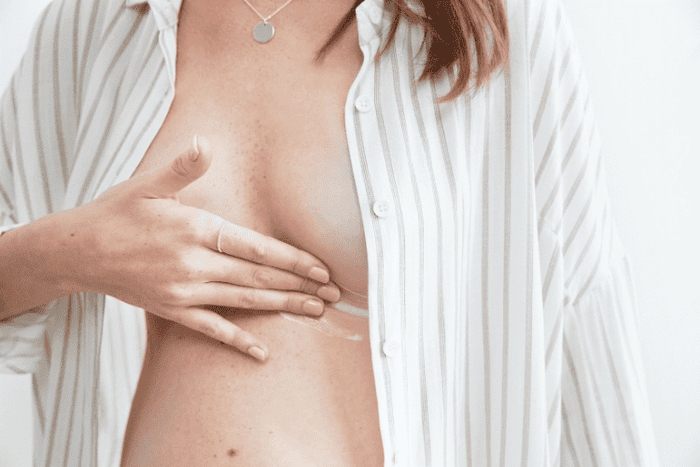
Use cream and balms to soothe your nipples.
As you breastfeed or pump it’s almost impossible to avoid sore, itchy and cracked nipples. It’s not unusual for you to get itchy skin around your nipples too. Getting a breast cream and nipple cream will help soothe the soreness and itchiness.
A completely organic nipple cream like Mama Mio Keep Calm Nipple Balm works great at soothing dry and sore nipples. And is completely safe for your new-born, you don’t even have to take it off before breast feeding.
To get relief from the pesky itching Mama Mio Pregnancy Boob works like magic. It’s made up of natural ingredients, shea butter to help lock in moisture and primrose oil to aid your skin’s elasticity.
If you have any trouble getting your tiny human to latch on to your nipple at all, don’t stress. Consult a midwife or lactation consultant to help. If you also notice persistent pain or pink shiny skin that may flake or peel, these could be symptoms of mastitis or thrush. Talk to a midwife or lactation consultant.
Don’t let the pain and discomfort of cracked and sore nipples side-track you from the amazing experience that is feeding your baby. Take proper care of your breast while breastfeeding and use your breast pump correctly.
Words: Toketemu
Elvie's Breast Pumping Edit
Curious about how Elvie’s silent wearable breast pump works? You can find everything you need to know about it right here.
Related Articles
